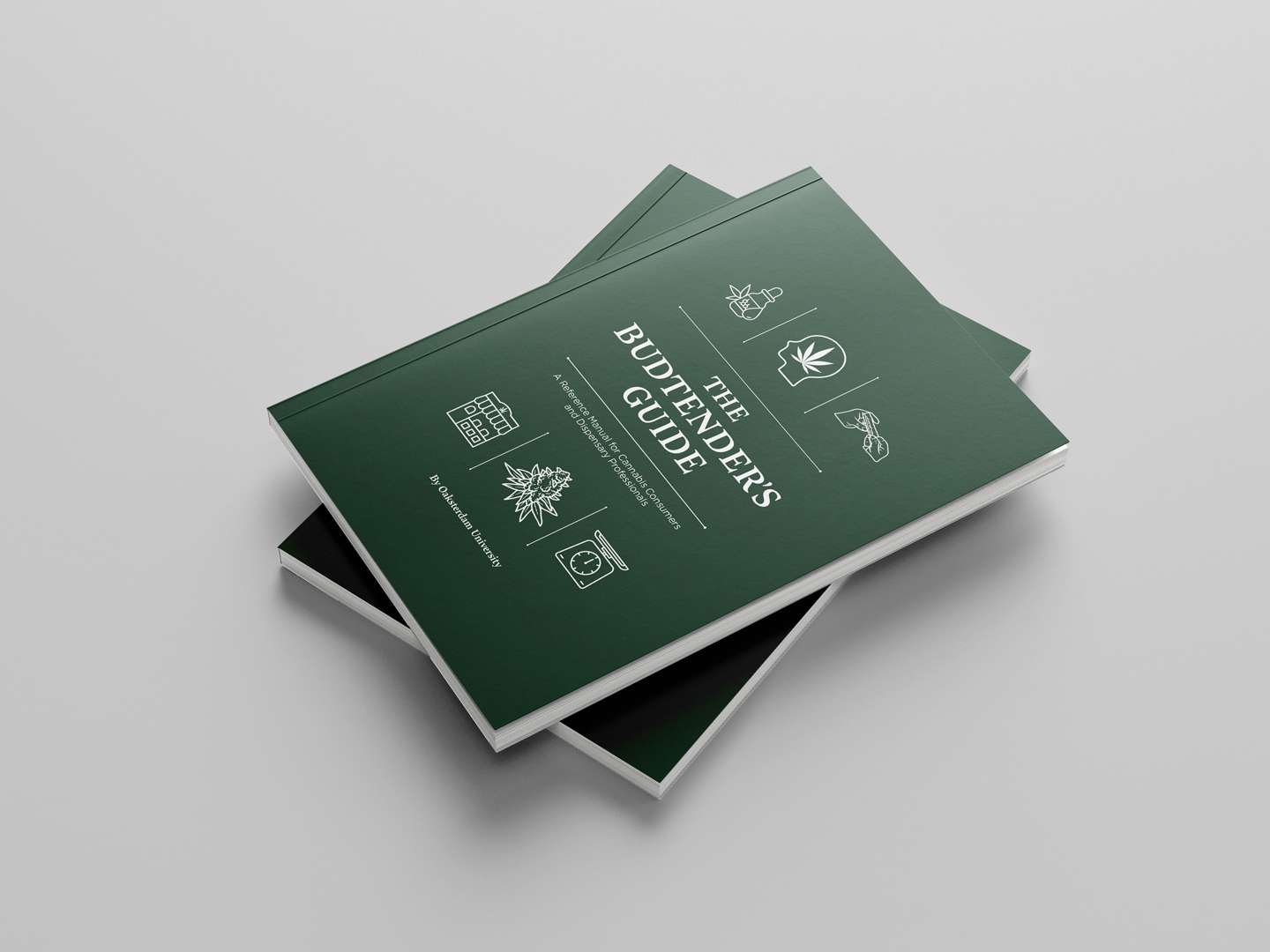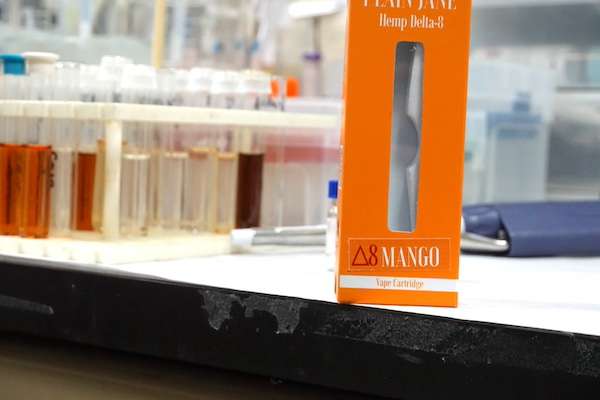Synthetic cannabinoids come from a laboratory instead of the cannabis plant. Budtenders and consumers should understand the difference between regulated medicines and unregulated designer products.
Types of Synthetic Cannabinoids
There are two main types:
-
Pharmaceutical (FDA-approved): Examples include dronabinol (Marinol®), a synthetic THC product used for medical treatment. Doctors prescribe it, and it goes through strict safety checks.
-
Designer / Unregulated: Products like Spice or K2 are sold as legal alternatives. They do not contain natural cannabinoids, and they often cause unpredictable and unsafe effects.
Hemp-Derived Synthetic Cannabinoids
Today, labs produce “minor” cannabinoids in large amounts by converting hemp waste. Chemists use chemical processes to turn CBD or THC into:
-
THCO
-
Δ8-THC (Delta-8)
-
Other cannabinoids that naturally occur only in tiny amounts
This makes them available on the market, but it also raises safety questions.
Delta-8 and the “Legal High” Market
Δ8-THC is often marketed as a “legal high” because of its mild psychotropic effects. But researchers and regulators have raised concerns:
-
Products are synthetically manufactured using unregulated chemical processes.
-
Production may involve dangerous household chemicals.
-
Labels are often inaccurate or misleading.
-
Products may contain cutting agents, residual solvents, or heavy metals.
-
The FDA has received reports of adverse effects linked to Δ8.
Budtenders should understand that Δ8-rich products are synthetic and not naturally occurring in significant amounts.
Why This Matters for Budtenders
Budtenders play a key role in consumer safety. They should:
-
Identify synthetic products on their shelves.
-
Explain the differences between synthetic and plant-derived cannabinoids.
-
Guide customers toward safe, regulated cannabis options.
Learn More About Synthetic Cannabinoids
Synthetic cannabinoids are complex, and the market continues to change. Staying informed helps budtenders protect consumers and build trust.
For a deeper dive, read The Budtender’s Guide: A Reference Manual for Cannabis Consumers and Dispensary Professionals, published by Oaksterdam University. It also serves as an optional textbook for Oaksterdam’s Budtending Certification Program.

